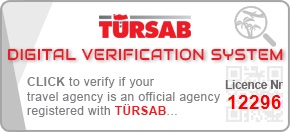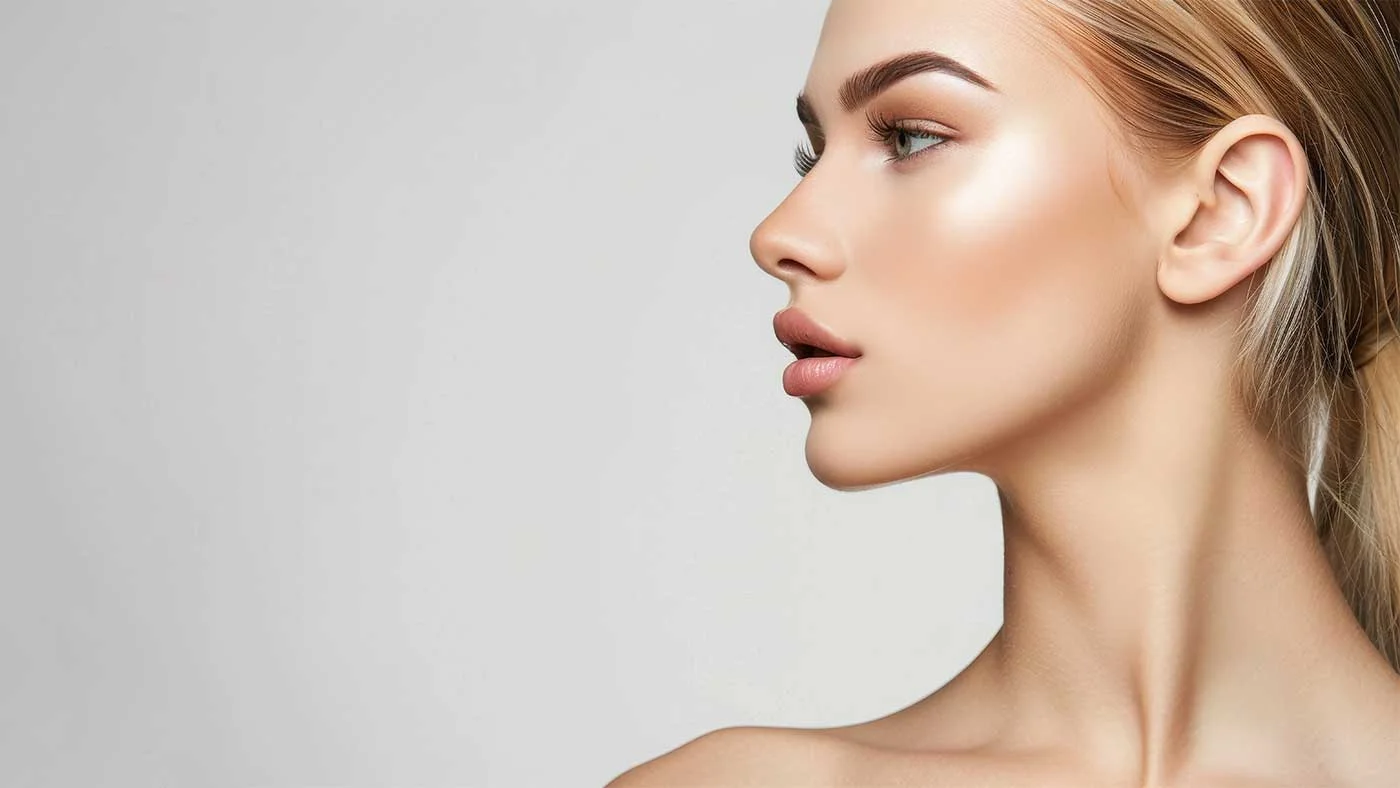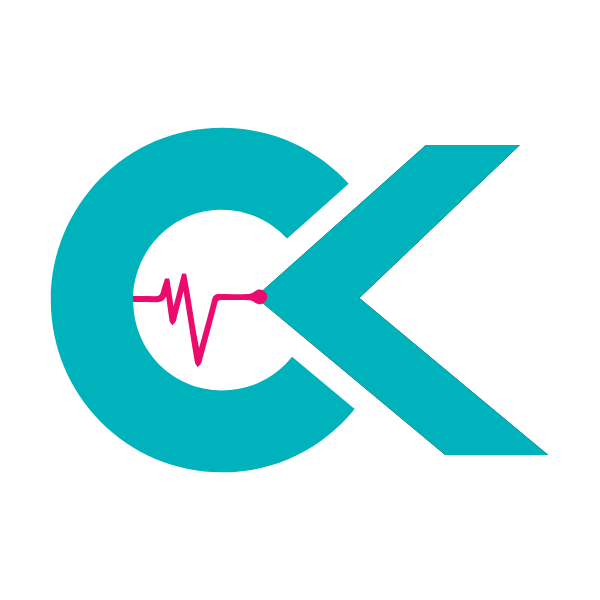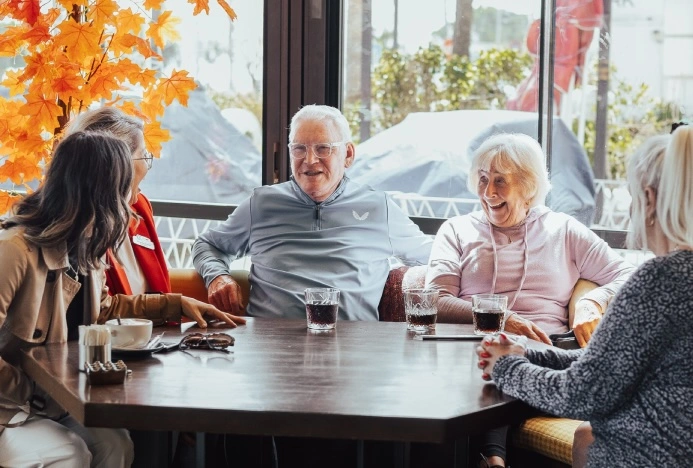For individuals contending with the aesthetic or functional repercussions of a prior nose surgery, the prospect of revision rhinoplasty for unsatisfactory nose job results offers a crucial pathway to correction and renewed confidence. A primary rhinoplasty, while often successful, can occasionally yield outcomes that fail to meet patient expectations or, in some cases, introduce new issues. These may range from subtle asymmetries to significant breathing difficulties, impacting both facial harmony and quality of life. Understanding the complexities of revision surgery, the expertise required, and the compelling advantages of seeking such specialized care abroad, particularly in established medical hubs like Turkey, is paramount for those considering this transformative procedure. This article provides an authoritative overview of revision rhinoplasty, guiding patients through their options and emphasizing the critical factors for achieving optimal outcomes.
Table of Contents
Understanding Revision Rhinoplasty
Revision rhinoplasty, also known as secondary rhinoplasty, is a specialized surgical procedure performed to correct or improve the results of a previous nose surgery. Unlike a primary rhinoplasty, which is performed on an untouched nose, revision surgery addresses alterations made during the initial procedure, often requiring a more intricate approach due to scar tissue, altered anatomy, and diminished cartilage supply.
What is Revision Rhinoplasty?
Revision rhinoplasty focuses on refining the shape, size, and proportion of the nose, as well as addressing any functional impairments such as breathing difficulties, that may have resulted from an earlier operation. It is a highly individualized procedure, tailored to the specific concerns and anatomical findings of each patient, aiming to achieve a more natural, balanced, and aesthetically pleasing outcome consistent with the patient’s overall facial features.
Common Reasons for Revision
Patients seek revision rhinoplasty for a variety of reasons. These often include:
- Aesthetic Dissatisfaction: This can manifest as persistent asymmetry, a nose that is too wide or too narrow, a pinched tip, an over-resected bridge (saddle nose deformity), or an unnatural-looking result that does not blend harmoniously with other facial features.
- Functional Impairment: Breathing problems are a significant concern, often resulting from nasal valve collapse, septal perforations, or scar tissue obstructing the airways.
- Visible Deformities: Issues such as visible implants, irregularities, or cartilage grafts can become apparent over time, necessitating corrective intervention.
- Incomplete Correction: The initial surgery may not have fully addressed the patient’s original concerns, leaving residual issues that require further refinement.
Psychological Impact of Suboptimal Results
The emotional and psychological toll of an unsatisfactory nose job cannot be overstated. Patients often experience significant distress, self-consciousness, and a reduction in self-esteem. The burden of living with an outcome that causes dissatisfaction can be profound, impacting social interactions and overall well-being. Revision surgery, therefore, is not merely about physical correction but also about restoring confidence and psychological comfort.
The Complexities of Revision Rhinoplasty
Performing revision rhinoplasty for unsatisfactory nose job results presents a distinct set of challenges that demand a higher level of surgical skill and artistic judgment compared to primary procedures. The surgeon must navigate a landscape of scar tissue, potentially depleted cartilage reserves, and altered structural integrity, making meticulous planning and execution absolutely critical for success.
Surgical Challenges
The anatomical changes introduced by prior surgery mean that revision cases are inherently more complex. Scar tissue can obscure anatomical landmarks, making dissection difficult and increasing the risk of complications. Furthermore, the supply of septal cartilage, often used for grafting in primary rhinoplasty, may be diminished, necessitating the use of alternative graft sources like ear cartilage (conchal cartilage) or rib cartilage (costal cartilage). The precision required to correct subtle imperfections while maintaining structural support is immense.
Importance of Surgeon Expertise
The success of revision rhinoplasty hinges almost entirely on the surgeon’s experience and expertise. A specialist in revision surgery possesses a deep understanding of nasal anatomy, advanced grafting techniques, and the ability to diagnose and address the root cause of the previous surgery’s shortcomings. Without this specialized knowledge, the risk of further complications or unsatisfactory outcomes increases significantly. Indeed, research published in journals such as the Aesthetic Surgery Journal consistently highlights that revision procedures typically have a higher rate of dissatisfaction compared to primary rhinoplasty, underscoring the critical need for surgeons with advanced specialized training and extensive experience to achieve successful outcomes in these complex cases.
The Role of Advanced Technology
Modern revision rhinoplasty often utilizes advanced imaging and simulation technologies to plan the surgery meticulously. 3D imaging allows surgeons to assess existing deformities comprehensively and visualize potential outcomes, enabling a more precise surgical strategy and improved communication with the patient regarding realistic expectations.
Choosing the Right Surgeon and Clinic
Selecting an appropriate surgeon and clinic for revision rhinoplasty is the most critical decision in your journey. This choice will profoundly influence the safety of the procedure, the quality of the results, and your overall patient experience.
Qualifications and Experience
Prioritize surgeons who are board-certified and have extensive experience specifically in revision rhinoplasty. Inquire about their track record, the number of revision cases they perform annually, and their specific expertise in addressing the type of concerns you have. An expert revision surgeon will demonstrate a profound understanding of complex nasal anatomy and advanced reconstructive techniques.
Patient Testimonials and Before/After
Reviewing before-and-after photographs of previous revision patients provides tangible evidence of a surgeon’s capabilities and aesthetic style. Pay close attention to cases that resemble your own. Patient testimonials and reviews can offer insights into the clinic’s patient care, communication, and post-operative support. For those considering a primary procedure, understanding Rhinoplasty in Turkey offers a glimpse into typical outcomes and patient experiences.
Consultation Process
A thorough consultation is indispensable. During this meeting, the surgeon should listen attentively to your concerns, conduct a detailed physical examination, and explain the proposed surgical plan in detail. They should discuss potential risks, expected recovery, and realistic outcomes, ensuring you have a clear understanding of the entire process. Do not hesitate to ask questions and clarify any uncertainties.
Why Consider Turkey for Revision Rhinoplasty for Unsatisfactory Nose Job Results?
Turkey has emerged as a leading global destination for medical tourism, particularly for cosmetic procedures such as revision rhinoplasty for unsatisfactory nose job results. Patients from the United Kingdom and across Europe are increasingly choosing Turkey due to its compelling combination of affordability, world-class medical expertise, and state-of-the-art facilities.
Cost-Effectiveness
One of the primary drivers for international patients is the significant cost saving. Medical procedures in Turkey, including highly complex revision rhinoplasty, are often considerably more affordable than equivalent treatments in the UK, without compromising on quality. This allows patients to access top-tier care that might otherwise be financially prohibitive.
High Standard of Care
Turkish clinics and hospitals adhere to rigorous international standards, employing highly qualified and experienced surgeons who are often trained in Western medical institutions. Facilities are modern, equipped with advanced technology, and staffed by multilingual medical professionals, ensuring a comfortable and safe experience for international patients. To further explore costs, consider reading about Nose Job Costs: Turkey Package Comparison.
Reduced Waiting Times
Unlike in some public healthcare systems where waiting lists for non-urgent surgeries can be extensive, private clinics in Turkey typically offer much shorter waiting times. This means patients can often schedule their revision rhinoplasty within weeks, expediting their journey to recovery and satisfaction.
Comprehensive Packages
Many Turkish medical tourism providers offer all-inclusive packages that cover not only the surgery but also accommodation, airport transfers, post-operative care, and even interpreter services. This streamlines the entire process, making it stress-free for international patients.
Price Comparison: Revision Rhinoplasty
| Service/Item | Turkey Price (GBP) | UK Price (GBP) |
|---|---|---|
| Revision Rhinoplasty | £3,500 – £6,000 | £7,000 – £12,000 |
| Consultation & Initial Scans | £150 – £300 | £300 – £700 |
| Post-operative Care Package | £500 – £1,000 | £1,000 – £2,500 |
| Anesthesia Fees | Included | £500 – £1,000 |
| Hospital Stay (1 night) | Included | £800 – £1,500 |
*Note: Prices are estimates and can vary based on surgeon, clinic, complexity, and specific package inclusions.*
The Revision Rhinoplasty Process
Undertaking revision rhinoplasty involves a structured process, from the initial consultation to the full recovery. Understanding each stage is crucial for managing expectations and preparing adequately for the journey ahead.
Initial Consultation and Assessment
The process begins with a detailed consultation, often conducted remotely for international patients. You will be asked to provide photographs of your nose from various angles, medical history, and a clear explanation of your previous surgery and your current concerns. The surgeon will meticulously assess your nasal structure, skin quality, existing scar tissue, and remaining cartilage, formulating a personalized surgical plan. This is a critical step in addressing post-rhinoplasty concerns effectively.
Pre-operative Preparation
Proper preparation is key to a smooth surgery and recovery. Your surgeon will provide specific instructions tailored to your case. General guidelines include:
- Undergo all required medical tests and evaluations to ensure you are a suitable candidate for surgery.
- Cease smoking and alcohol consumption several weeks prior to surgery, as these can impair healing.
- Avoid blood-thinning medications, including aspirin, ibuprofen, and certain herbal supplements, for at least two weeks before the procedure.
- Arrange for transportation to and from the clinic and ensure you have a responsible adult to assist you during the immediate post-operative period.
- Prepare a comfortable recovery space at home with easy access to necessary items.
The Surgical Procedure
Revision rhinoplasty is typically performed under general anesthesia. The surgeon may use either an open or closed approach, depending on the complexity of the case. An open approach involves a small incision across the columella (the strip of skin between the nostrils), allowing the surgeon full visibility of the underlying structures. A closed approach involves incisions made entirely within the nostrils. Cartilage grafts, often harvested from the ear or rib, are commonly used to rebuild or augment nasal structures, correct asymmetries, and provide structural support. The objective is to achieve a balanced, natural appearance and restore optimal nasal function.
Recovery Timeline
Recovery from revision rhinoplasty is a gradual process, often taking longer than primary rhinoplasty due to the altered tissue environment.
- Week 1: Initial swelling, bruising, and discomfort are common. A splint or cast will be in place to protect the nose. Pain medication will be prescribed.
- Weeks 2-4: Most bruising subsides, and significant swelling begins to diminish. The splint is typically removed. Patients can usually return to light social activities and non-strenuous work.
- Months 1-6: Substantial swelling continues to resolve, and the final shape of the nose starts to become apparent. Minor swelling, particularly in the nasal tip, can persist.
- Months 6-12+: The nose continues to heal and refine. The final results of the revision rhinoplasty for unsatisfactory nose job results are typically visible after 12-18 months, as all residual swelling resolves and tissues settle.
CK Health Turkey: Your Partner for Corrective Nose Surgery
CK Health Turkey stands as a beacon of excellence for international patients seeking high-quality medical treatments, particularly for complex plastic surgery procedures like revision rhinoplasty. Our commitment to delivering exceptional patient outcomes, combined with our renowned surgical expertise, positions us as a premier choice for those requiring corrective nose surgery.
At CK Health Turkey, we understand the emotional and physical challenges associated with unsatisfactory aesthetic outcomes from previous surgeries. Our team of highly specialized surgeons possesses extensive experience in intricate revision rhinoplasty, utilizing advanced techniques and state-of-the-art facilities to achieve optimal, natural-looking results. We pride ourselves on a patient satisfaction rate that reflects our dedication to meticulous care, from the initial consultation through to comprehensive post-operative support. For patients specifically seeking to address an unsatisfactory nose job, our dedicated rhinoplasty department boasts a 100% satisfaction rate in successful revisions, offering peace of mind and the assurance of expert care.
If you are contemplating revision rhinoplasty or any other medical procedure, we invite you to experience the unparalleled care and expertise that defines CK Health Turkey. Get in touch with us for a personalized consultation or visit our website to learn more about how we can help you achieve your aesthetic and health goals.
General Comparison: Medical Tourism (Turkey vs. UK)
| Factor | Turkey | United Kingdom |
|---|---|---|
| Cost-Effectiveness | Significantly lower for most procedures | Generally higher due to elevated operational costs |
| Surgeon Expertise | Highly experienced, often internationally trained | High, but potentially longer waiting lists |
| Waiting Times | Minimal to none for elective procedures | Can be extensive, especially for NHS services |
| Technology & Facilities | Modern, state-of-the-art clinics & hospitals | Advanced, but capacity can be a factor |
| All-Inclusive Packages | Common, covering travel, accommodation, care | Less common, costs often itemized separately |
| Patient Experience | Focus on hospitality, personalized service | Standardized, sometimes less personalized |
The decision to undergo revision rhinoplasty for unsatisfactory nose job results represents a significant step towards achieving the aesthetic and functional outcomes originally desired. The complexities involved demand a surgeon with profound expertise and a clinic dedicated to patient-centric care. Turkey, with its blend of advanced medical infrastructure, experienced specialists, and competitive pricing, offers a compelling solution for international patients. By meticulously researching your options and choosing a reputable provider, you can confidently embark on this journey, transforming a past disappointment into a future of satisfaction and renewed self-assurance. CK Health Turkey remains committed to delivering these exacting standards for every patient seeking to refine their appearance and enhance their quality of life.
FAQs
How soon after a primary rhinoplasty can I have a revision?
Typically, surgeons recommend waiting at least 12 months, and often 18 months, after your primary rhinoplasty before considering a revision. This allows for complete healing, resolution of swelling, and stabilization of the initial results, providing a clearer baseline for planning the corrective surgery.
Is revision rhinoplasty more painful than primary rhinoplasty?
While both procedures involve discomfort, many patients report that the pain level for revision rhinoplasty is comparable to, or sometimes even less than, primary rhinoplasty. Swelling and bruising can be more prolonged due to scar tissue, but pain is generally manageable with prescribed medication.
What are the risks associated with revision rhinoplasty?
The risks are similar to primary rhinoplasty but can be slightly elevated due to altered anatomy and scar tissue. These include infection, bleeding, adverse reaction to anesthesia, persistent asymmetry, breathing difficulties, and the need for further revision surgery. Choosing an expert revision surgeon minimizes these risks.
Will I need cartilage grafts for my revision?
It is highly likely that cartilage grafts will be necessary. In many revision cases, the original septal cartilage may have been depleted. Therefore, the surgeon may need to harvest cartilage from alternative sites such as the ear (conchal cartilage) or the rib (costal cartilage) to reconstruct and support the nasal structure.
How long does the swelling last after revision rhinoplasty?
Swelling is a normal part of the healing process. While the majority of visible swelling subsides within the first few months, subtle swelling, particularly in the nasal tip, can persist for 12 to 18 months, or sometimes even longer. The final results are progressively revealed as swelling fully resolves.
Can revision rhinoplasty correct breathing problems?
Yes, if the breathing problems are caused by structural issues within the nose resulting from the initial surgery, revision rhinoplasty can often correct them. The surgeon will focus on improving the nasal airway by addressing issues like nasal valve collapse, septal deviations, or scar tissue.
How do I find an experienced revision rhinoplasty surgeon?
Look for board-certified plastic surgeons with a specific focus and extensive experience in revision rhinoplasty. Review their portfolio of before-and-after photos, read patient testimonials, and prioritize a detailed consultation where your concerns are thoroughly addressed.
What are the qualifications of surgeons in Turkey for revision rhinoplasty?
Many Turkish surgeons are highly qualified, often board-certified, and possess international training and affiliations. They perform a high volume of complex cases, including revision rhinoplasty, which contributes to their extensive experience and refined skills. Clinics typically adhere to international medical standards.
What should I expect during the initial consultation for revision rhinoplasty in Turkey?
Expect a comprehensive assessment, often remotely initially, where you provide photos, medical history, and details of your previous surgery and current concerns. The surgeon will discuss a personalized plan, potential outcomes, risks, and the use of imaging technology to visualize results. This ensures clarity and alignment of expectations.
Is it safe to travel to Turkey for revision rhinoplasty?
Millions of medical tourists safely travel to Turkey annually. Reputable clinics prioritize patient safety and adhere to stringent hygiene and medical protocols. It’s important to choose a well-established and accredited clinic like CK Health Turkey for your procedure to ensure a secure and successful experience.



